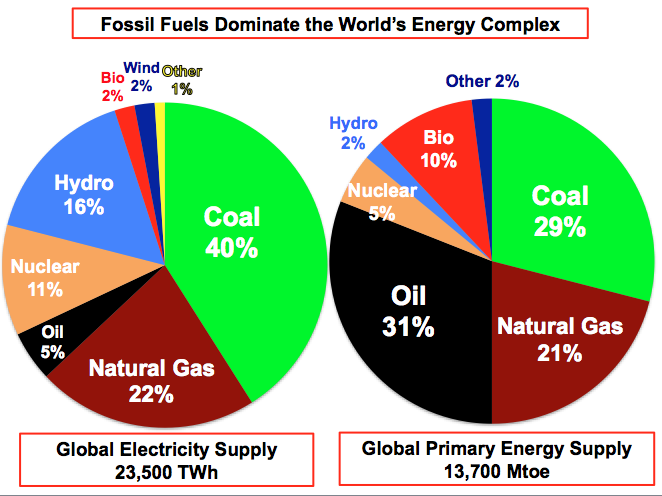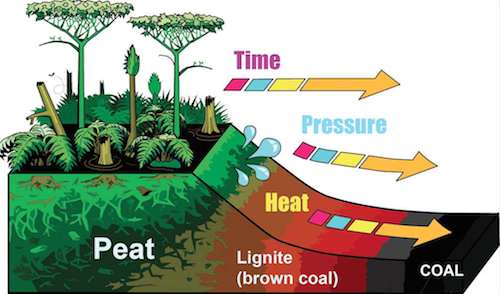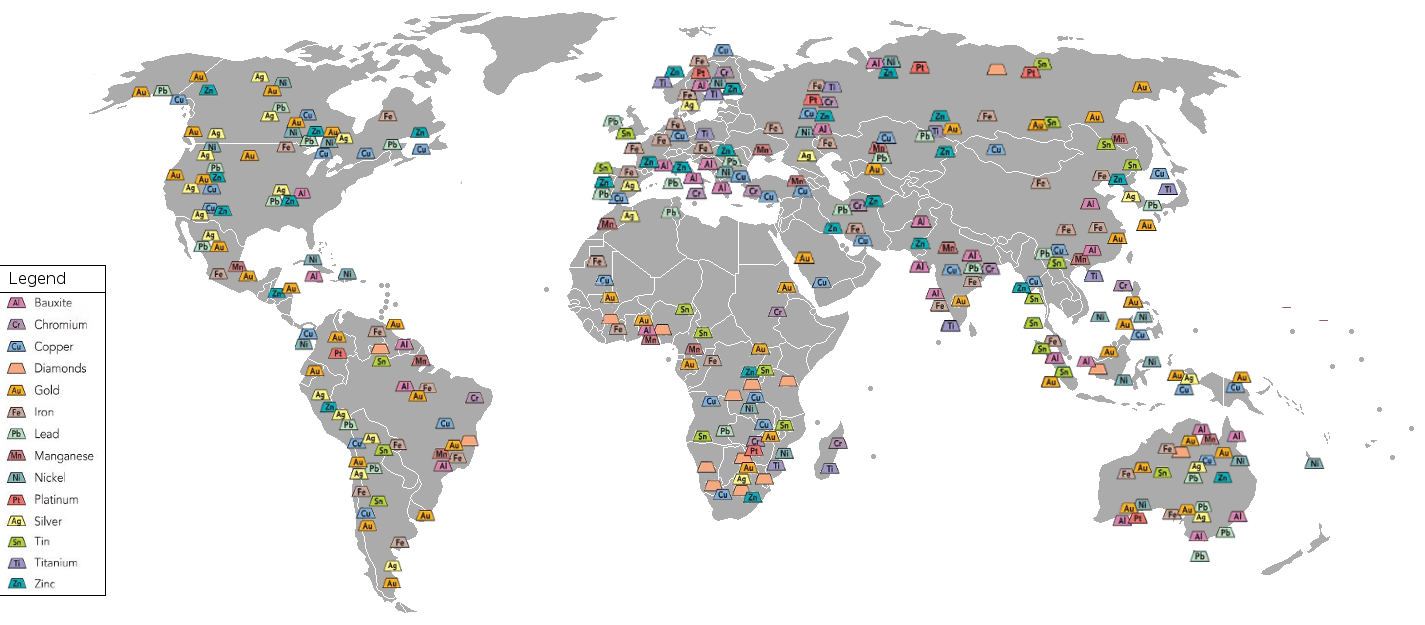Where are fossil fuels found?
3 Answers
Fossil remains suitable for fuel (hydrocarbons) are found all around the world. They are all underground.
Explanation:
"Fossil fuels" are formed and stored over time in rock formations. They would not form or remain if they were exposed above ground. Different sources and geological conditions create different forms, such as oil, gases and coal.
Fossil fuels are not distributed evenly across the Earth. The United States, Russia, and China have the largest coal deposits in the world.
Explanation:

Fossil fuel is any naturally occurring carbon compound found in the Earth's crust that has been produced by anaerobic conditions and high pressures acting on dead organisms. These fossil fuel deposits are typically found at depths beneath the Earth surface or ocean floor of tens of meters to kilometres, and often occur in large agglomerations of gas, liquid or solid matter.
Formation

Fossil fuels began as living plants and animals, which died and subsequently decayed under anaerobic conditions; thereafter, they were subjected to immense pressure from overlying crustal features, sometimes including surface water bodies such as oceans and lakes.
The largest natural stores of fossil fuel are coal deposits, which are mainly formed by decay of terrestrial plants.In contrast much of the oil is produced by plank-tonic decay and ensuing ocean pressure at the seabed level.
The resulting high levels of temperature and pressure caused the organic matter to chemically alter, first into a waxy material called kerogen, that occurs in oil shale and then with more heat into liquid and gaseous hydrocarbons in a process known as catagenesis.
Areas where they are found

Fossil fuels are found all over the world but the vast coal deposits stretch from a latitude of North America around the globe to the Urals of Russia, tracing the earlier belt of extensive swamp forests, where trees fell decaying first to peat and there after being compressed to form coal.
Zagros and Mountains region of Iran are enriched with petroleum.
The chief fossil fuel presently used is oil, with estimated total worldwide proven oil reserves, as of January 1, 2008, estimated at 1.332 trillion barrels, an increase of 14 billion barrels from 2007.
Fifty six percent of the world’s proved oil reserves are located in the Middle East.
Coal, oil and natural gas
Explanation:
The main fossil fuels we use today were formed from land and marine plants/animals. When buried plants are oxidized partly by chemicals reactions under pressure and hot conditions, such fossil fuels form. However, it takes millions of years.
Oil and gas are found mainly along geologically young tectonic belts at plate boundaries (Botkin and Keller, 2003). The origin of oil and gas are marine animals (e.g. mussels).
Partially decomposed green plants, when buried under sediments for a long time, slowly transform into coal. There are many coal types, e.g. lignite, hard coal, subbituminous coal, etc. It is almost everwhere througout the planet.
Reference:
Botkin, D. B. and Keller, E. A. (2003). Environmental Science Earth as a Living Planet. John Wiley and Sons, Inc. Hoboken, NJ, USA.




